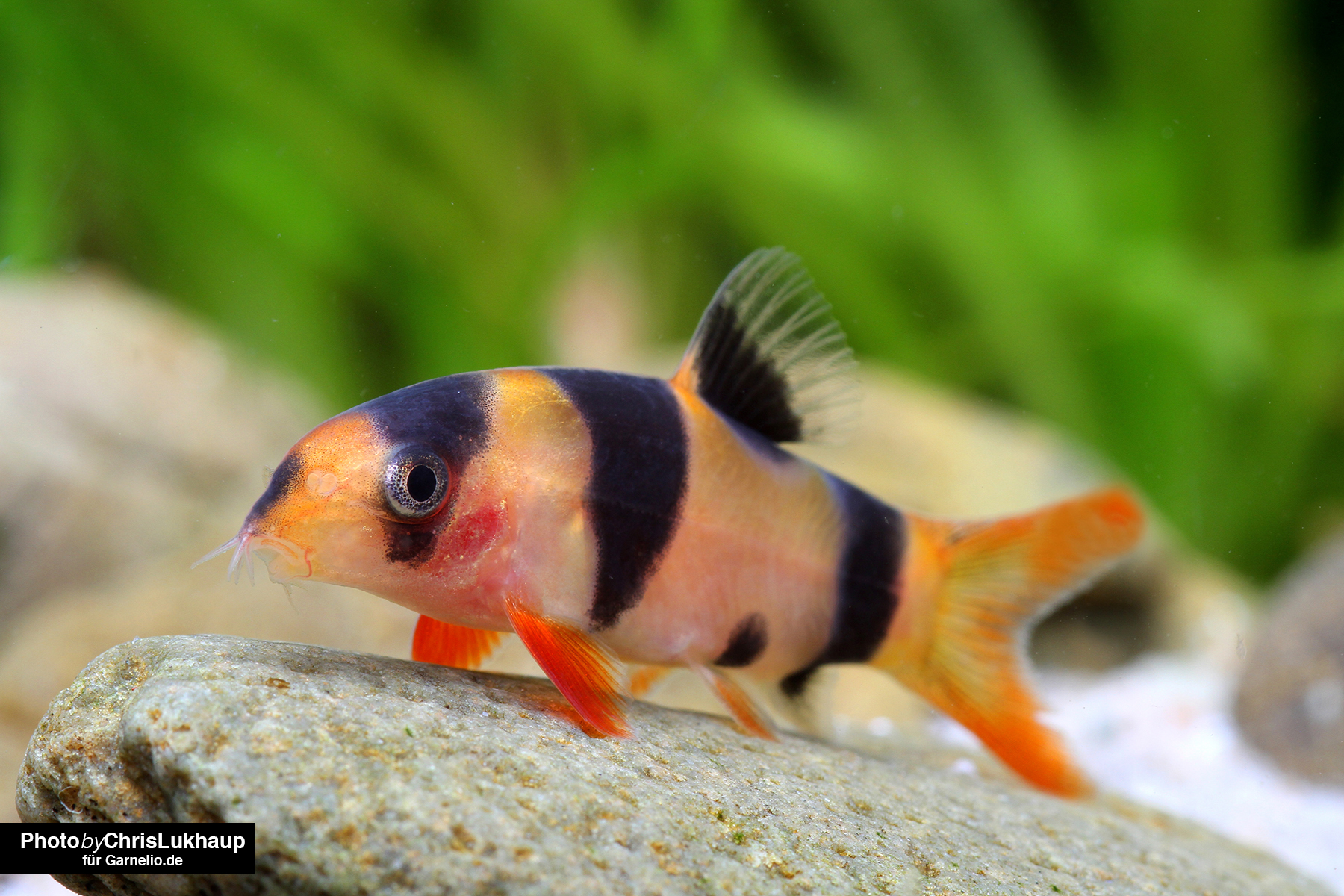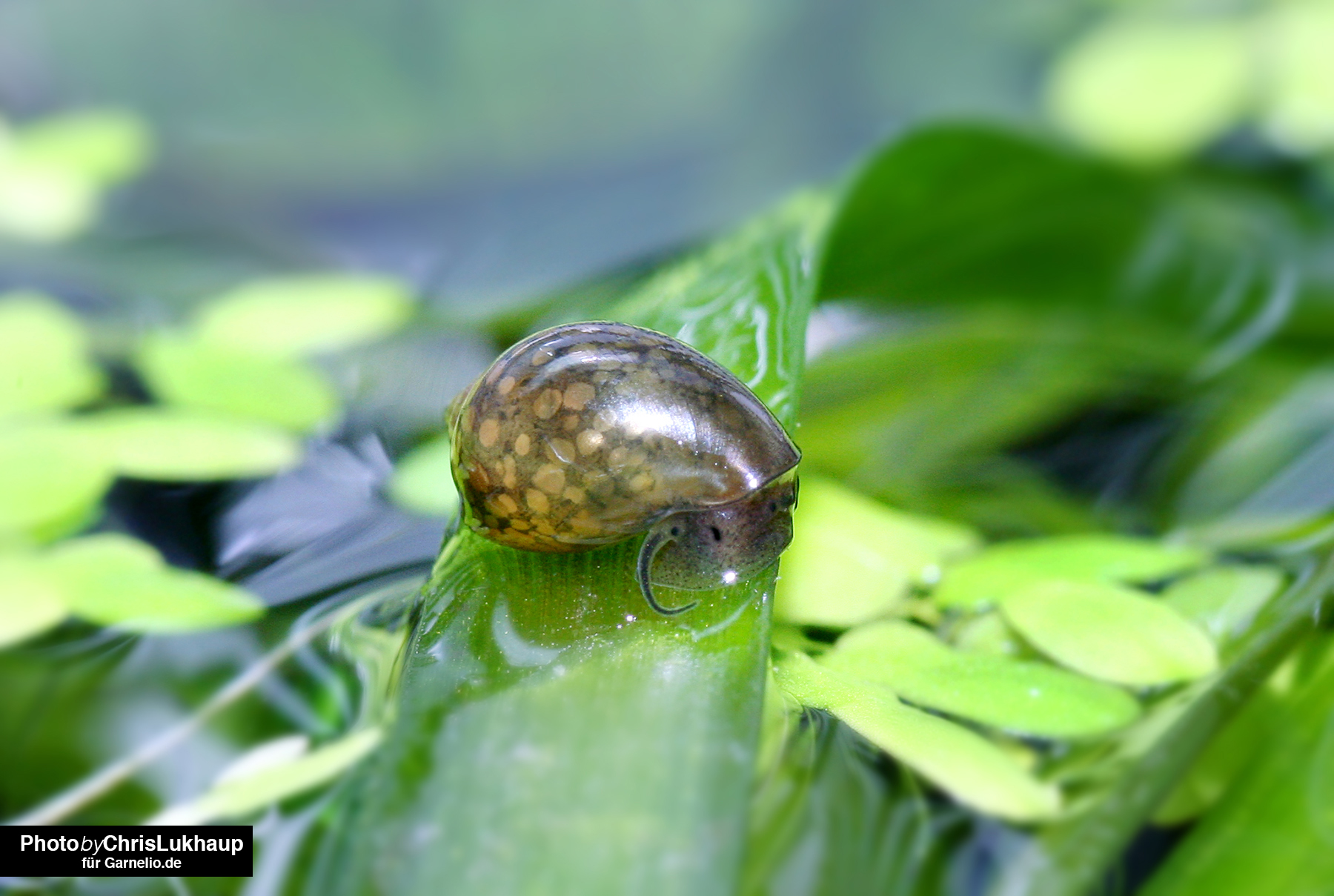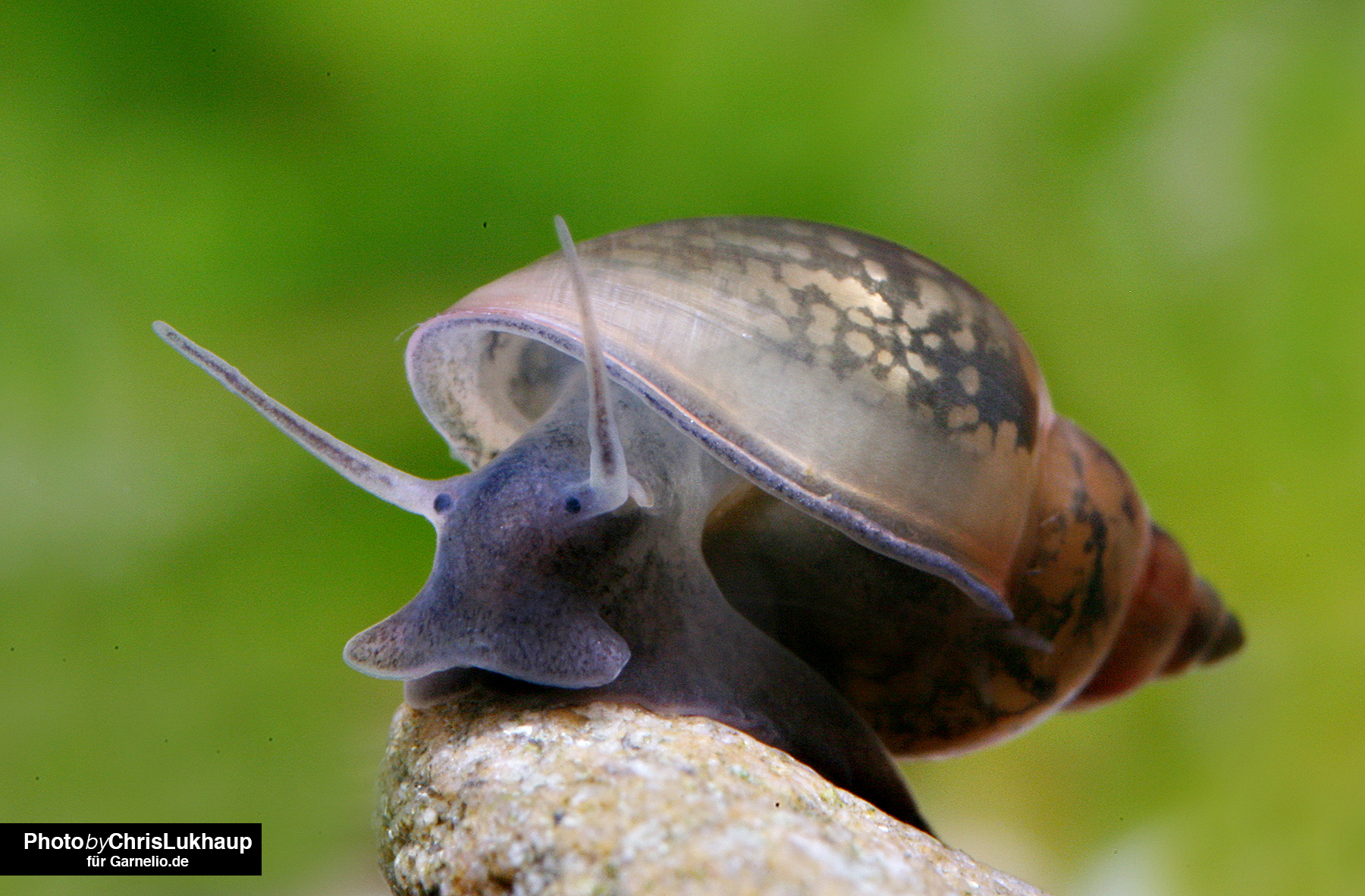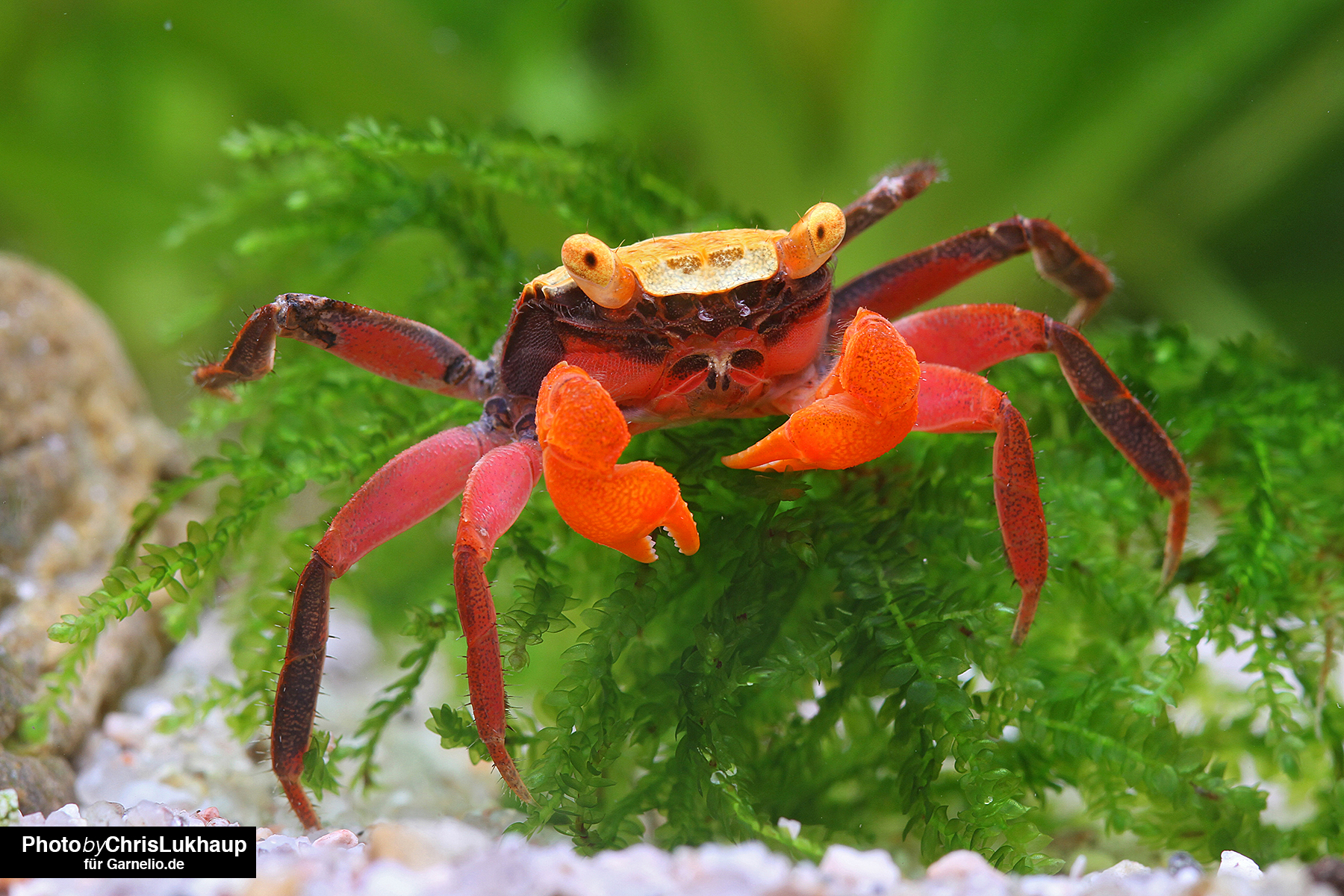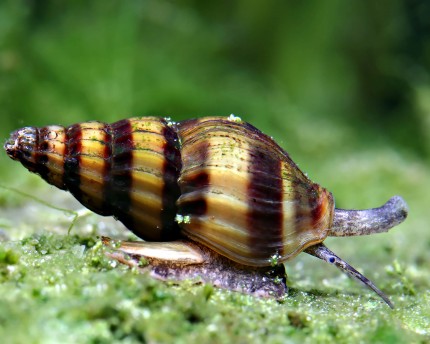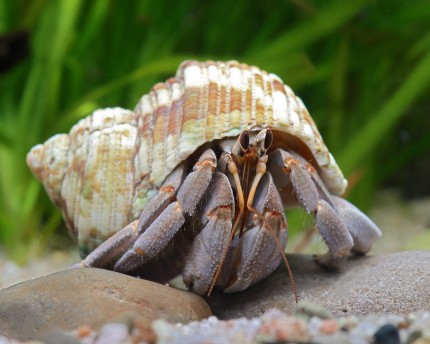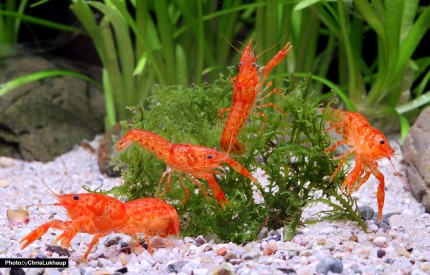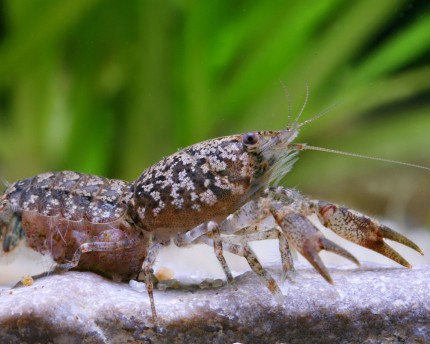Snail eater in aquarium
Snail plagues in the aquarium are annoying, but you should keep in mind that the number of snails is always directly related to the food supply. Many snail plagues are self-made, because either the hygiene in the aquarium is sloppy - also plant remains and too much mulm are good snail food - or because simply too much is fed. We deal with snail plagues in the aquarium and their development in our blog article "Snail plague in the aquarium" and give tips on how to prevent them from occurring in the first place.

Snails and the food supply
At the end of the day, you can't have too many snails in your aquarium - an aquarium will only have as many snails as the food supply allows. If you simply eliminate the snails as recyclers, the food in many cases simply remains lying around and can now negatively influence the water values. If you want to reduce the snails, you should also reduce the food supply or make sure that other recyclers take care of the leftovers, such as dwarf shrimps.
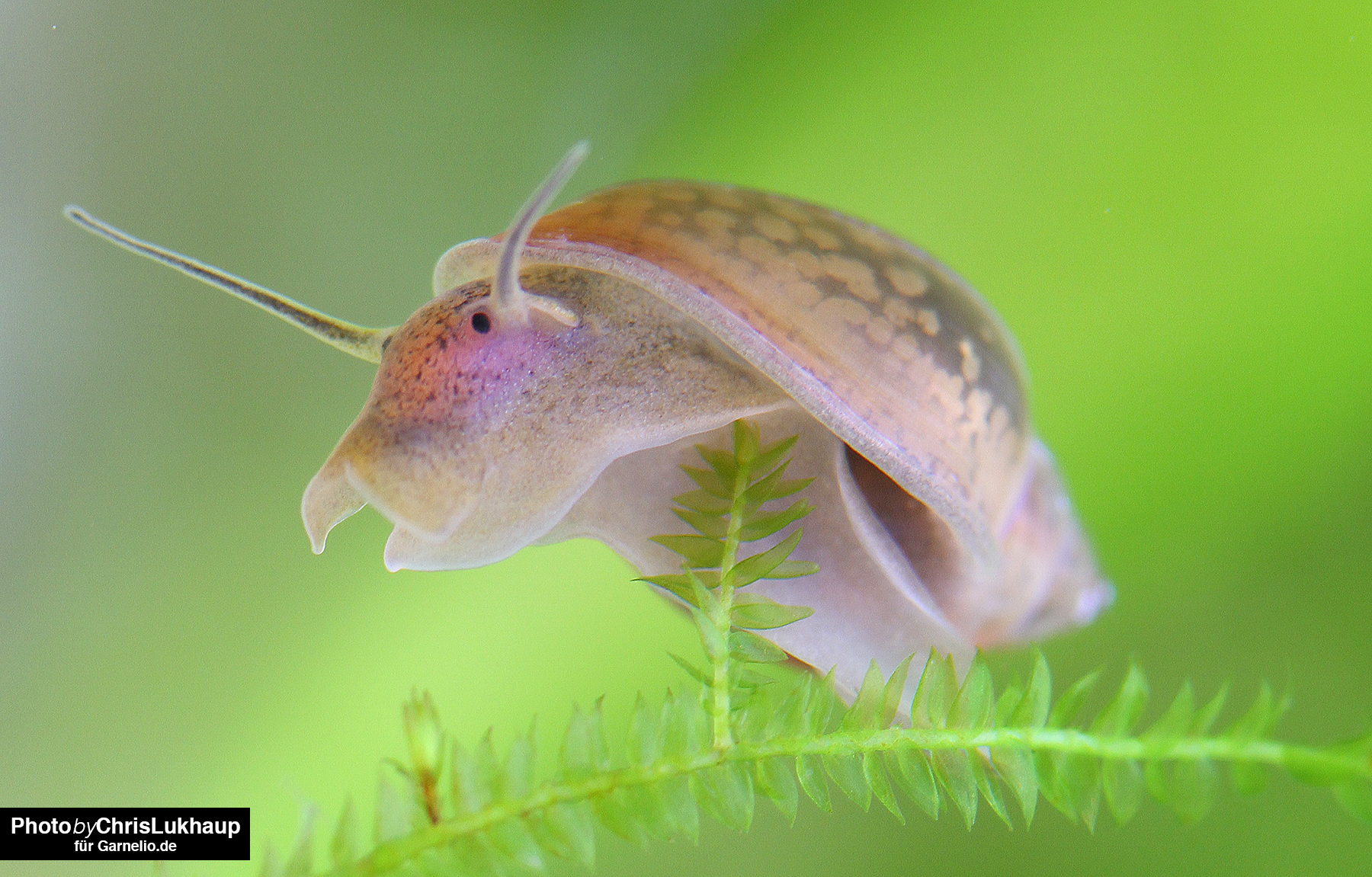
What to do if there are too many snails?
Sometimes, however, circumstances are such that they do not allow us to feed less, for example in an aquarium with fry that need to be in the food, or in an aquarium with many baby shrimp that need to be fed dust food so they do not starve. In these cases, you'll want to vacuum the substrate well at every water change anyway, and also change water properly, so you won't have the water quality problems mentioned above from leftover food.
Collect snails
Snail traps or the famous cucumber slice, which is sunk overnight in the aquarium and then taken out of the tank the next day together with the snails sitting on it, are of course a way - a bit slower and possibly also tedious, but still effective. Surplus snails can always be found at fairs or on the internet in corresponding groups on Facebook or for example at Ebay Kleinanzeigen for a refund of postage.
Snail eaters for the aquarium
If you have too many snails in your aquarium in exceptional cases, you can of course also use snail eaters - always provided that they fit the size of the aquarium and the water values! Unfortunately, products sold against snails are often just as deadly for shrimps and crayfish as for the snails and must therefore never be used in a shrimp aquarium or in a community aquarium with dwarf shrimps or crayfish!
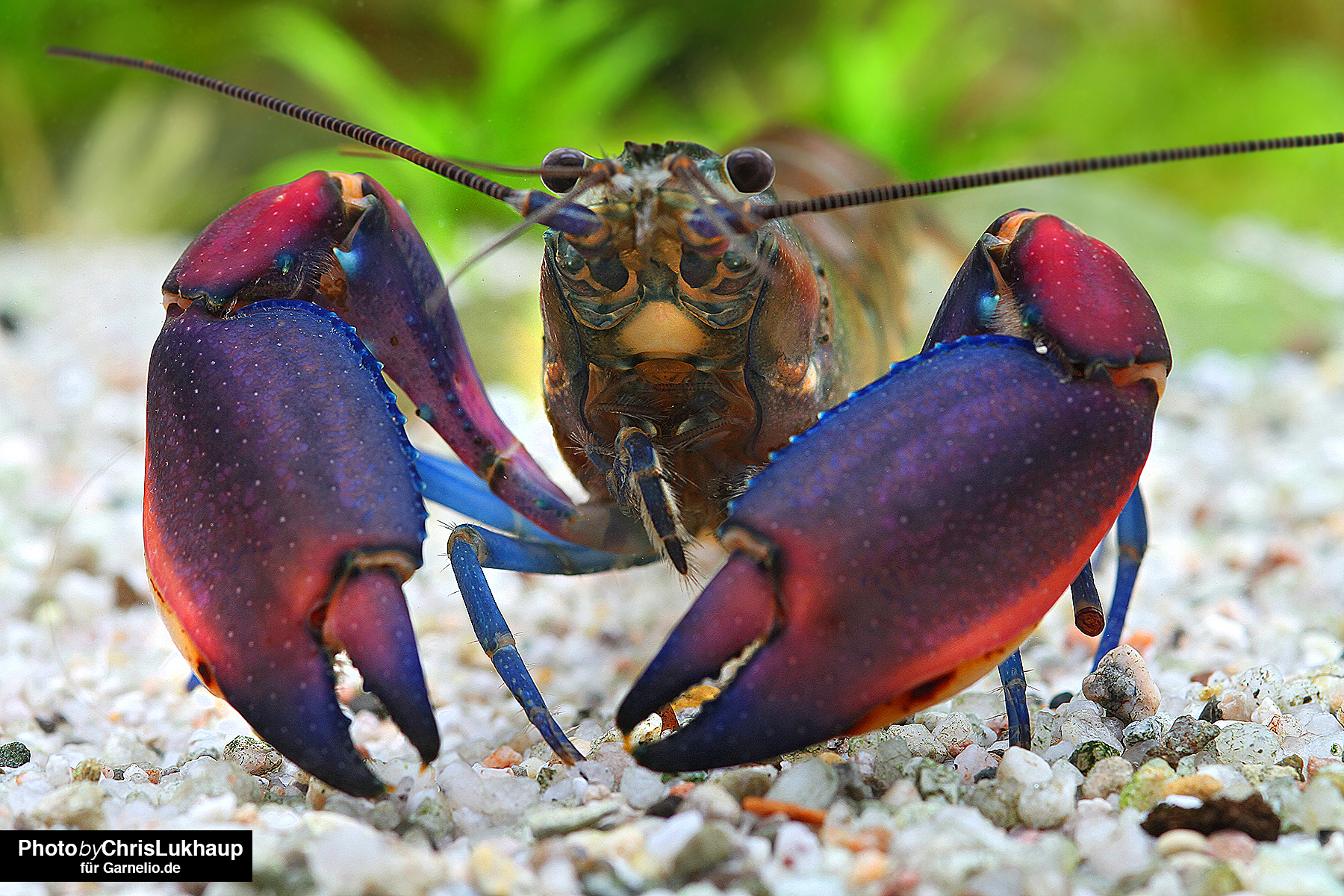
Predatory snails
An often offered snail eater is the predatory snail Clea helena. However, it should be noted that the predatory snail does not only eat snails, but also shrimps from time to time. Occasionally it can happen that the predatory snail goes hunting in the shrimp aquarium. Since dwarf shrimp do not know snails from the biotopes as predators, it has an easy game: A shrimp usually does not show an escape reflex when a snail approaches, why should it? Usually snails are harmless contemporaries for shrimp, and escape would simply be a waste of energy. Not so with the predatory snail ... so it may well happen that perfectly healthy shrimp fall victim to Clea helena. Another point that speaks against the unhesitating use of predatory snails against snail plagues: If the food supply is good, snails multiply, that is a fact. Predatory snails also multiply strongly, if it goes very badly, you have simply exchanged one snail plague for another snail plague. Furthermore: Even if the snails are eaten, the predatory snail still needs species-appropriate food, i.e. very protein-rich food on animal basis: protein food or frozen food. In itself, the snail is a fascinating and, by the way, a very pretty animal with an extremely interesting behavior, which should be kept in the aquarium for its own sake and which it would be a pity to see as a mere functional animal.
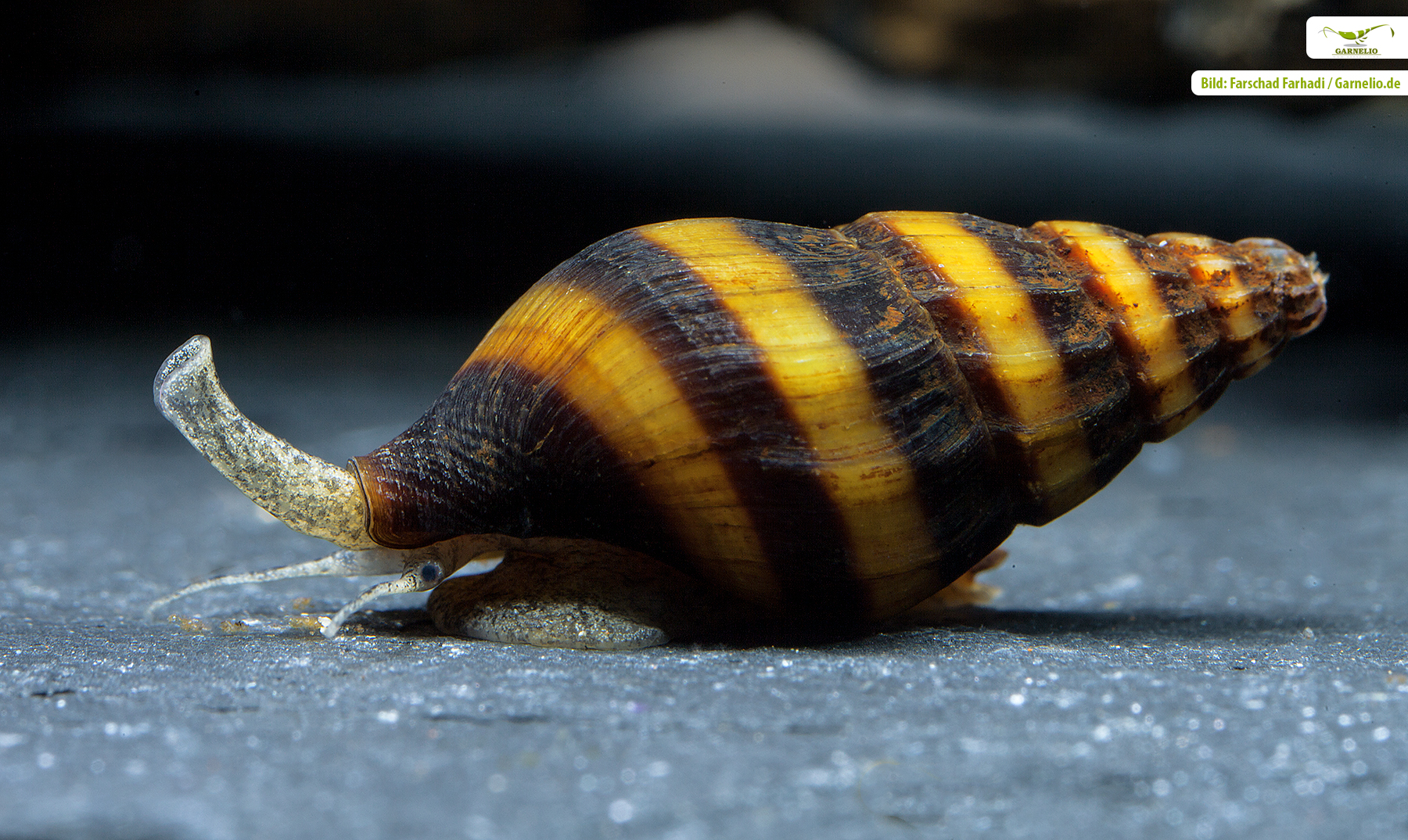
Large-armed shrimp
Ring-handed shrimp (Macrobrachium assamense) and other large-armed shrimp have also proven to be extremely effective snail eaters. These beautiful ring-handed shrimp need a tank of 54 liters or more and can even be kept in small groups due to their relatively low aggressiveness. Water hardness is not as important for them as it is for many dwarf shrimp species. Macrobrachium assamense, which grows to a medium size with a body length of 6-8 cm, can be kept with medium sized, less aggressive fish. For socialization, rather choose fish that do not sleep on the bottom to avoid overnight losses, and of course no bottom fish like Antenna Catfish.
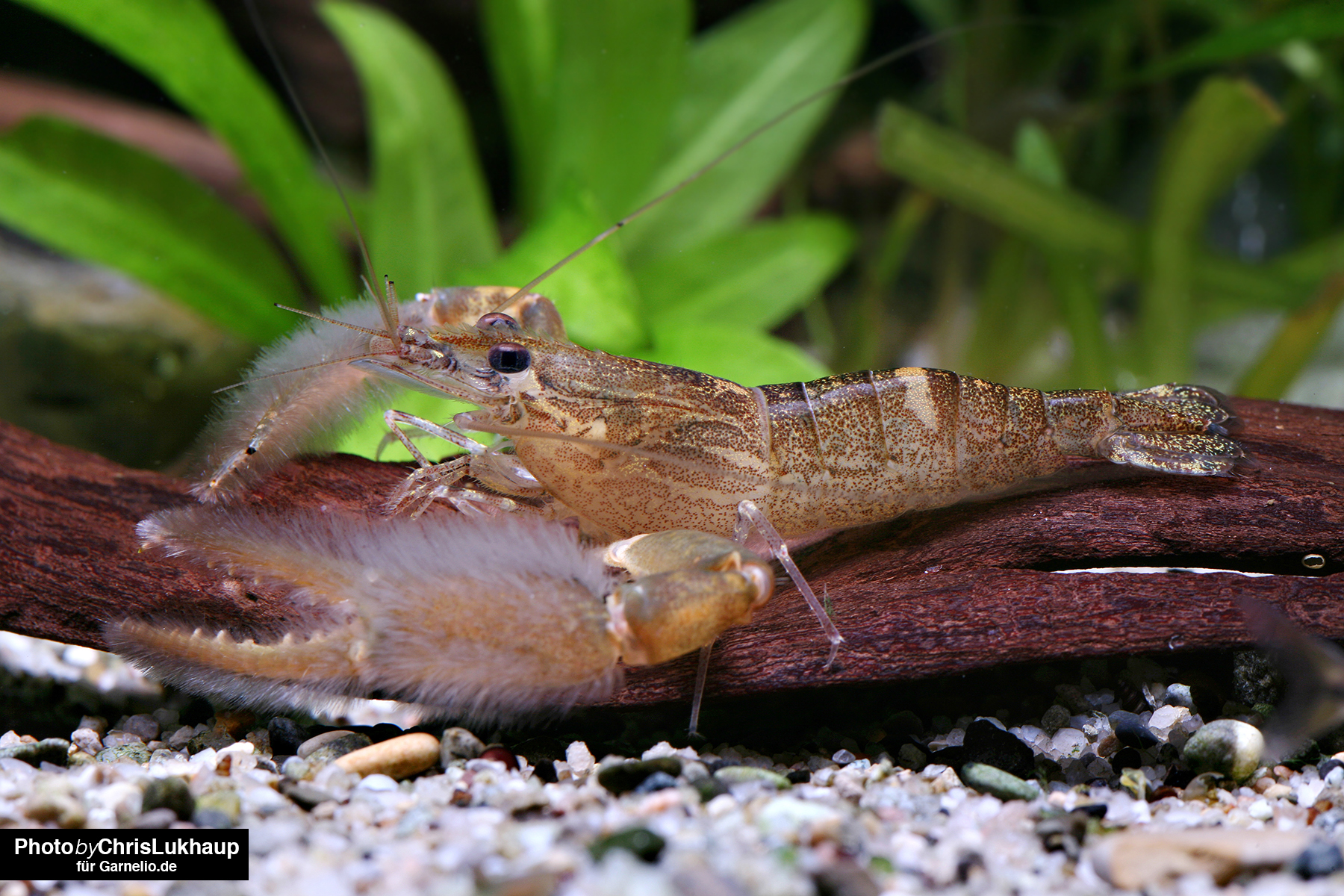
Dwarf crayfish and crayfish
Dwarf crayfish of the genus Cambarellus and crayfish such as Cherax, Cambarus and Procambarus also enthusiastically eat snails; the mollusks provide a highly welcome source of protein for them, which are decidedly happy to be cracked and eaten. Most dwarf crayfish can be socialized very well with fish and also with well-reproducing dwarf shrimp species in the aquarium, where they keep the snail population within reasonable limits.
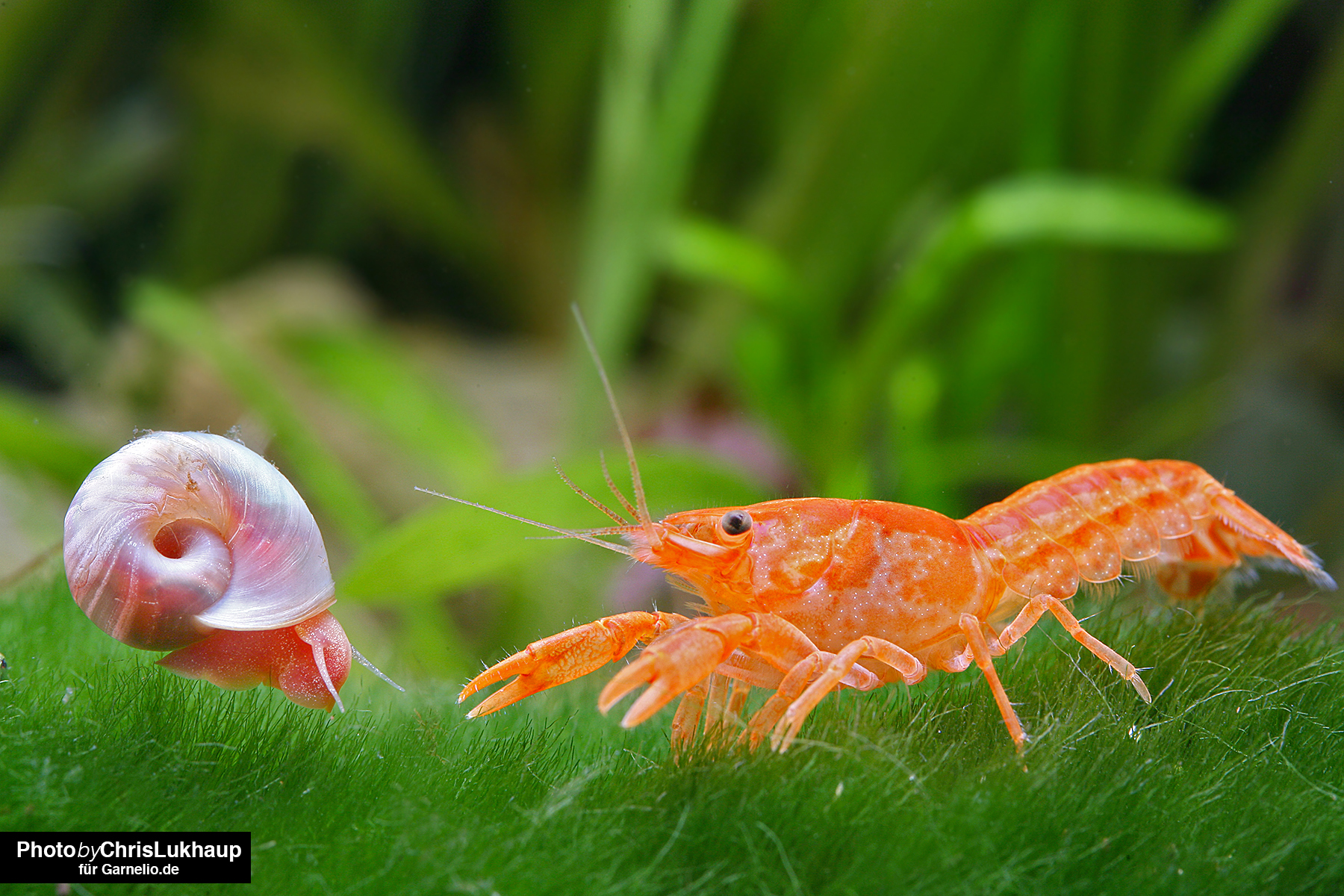
Crabs
Very few crabs are suitable for the aquarium, but you can of course keep them separately in an aquaterrarium and fish the excess snails out of the aquarium each time and feed them to the crabs in the separee. Virtually all crab species are at least omnivores or even pure carnivores (for example, the vampire crabs from the genus Geosesarma), which are very happy to receive an aquarium snail or two.
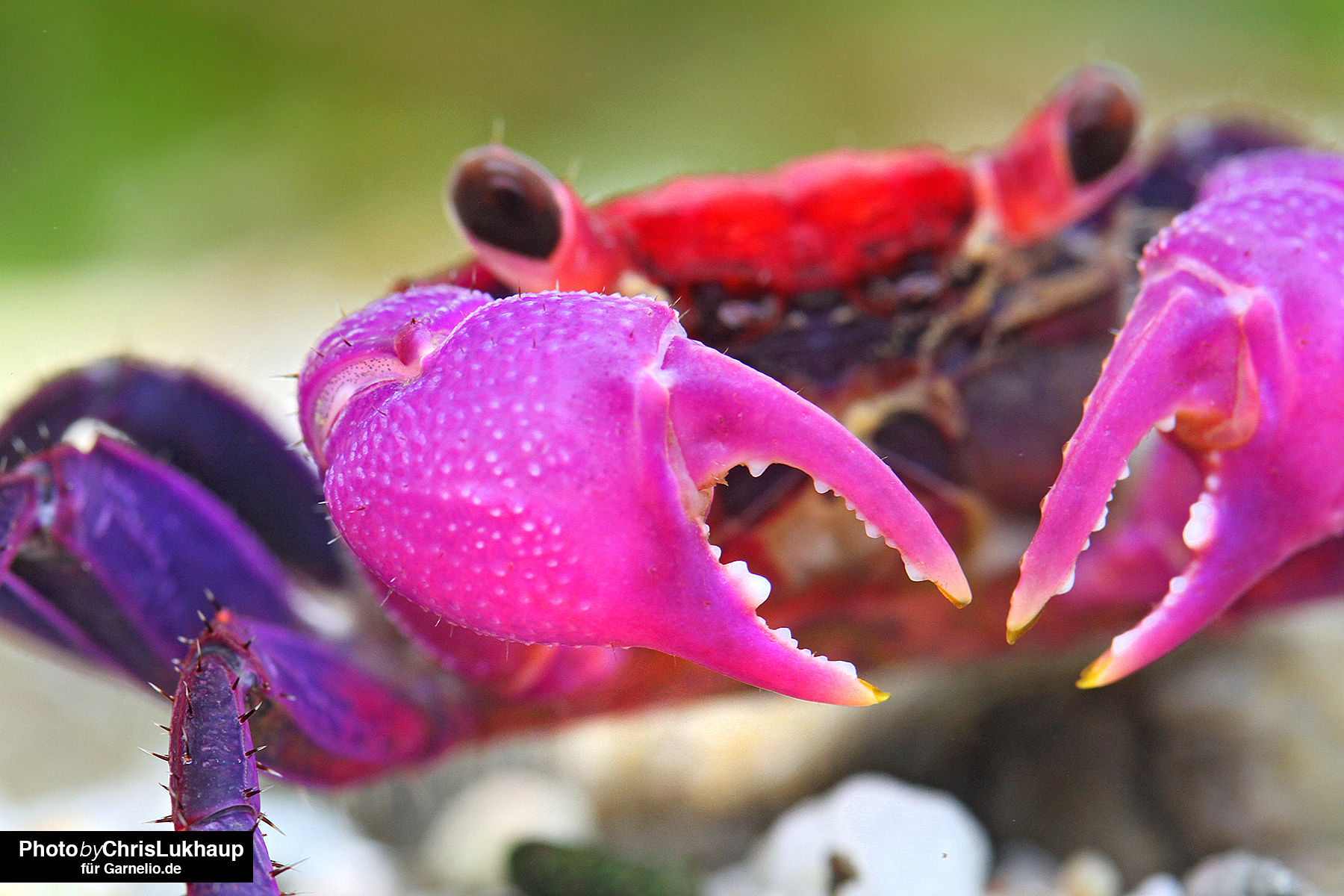
Snail-eating fish
- Pea puffer fish - Carinotetraodon travancoricus
- Green pufferfish - Tetraodon nigroviridis
- Zebra loach - Botia striata
- Clown loach - Botia macracantha
- Red fin loach - Yasuhikotakia modesta
- Checkerboard loach - Botia sidthimunki
- Net loach - Botia lohachata
- Emperor loach - Botia udomritthiruji
There may be fish like the Pea Pufferfish and some species of loaches and cichlids that specialize in water snails as food, but these fish always have quite specific needs, need species tanks (like the Pea Pufferfish), brackish water (like many other pufferfish species) or, as in the case of the Magnificent Loach often recommended against snail plagues, very large aquariums from 450 liters and group keeping if you really want to keep them species-appropriate. On the whole, we do not recommend functional fish against snail plagues. Even if the fish has finished the snails, it still needs species-appropriate food and thus - snails ... which then again must be bred laboriously.

